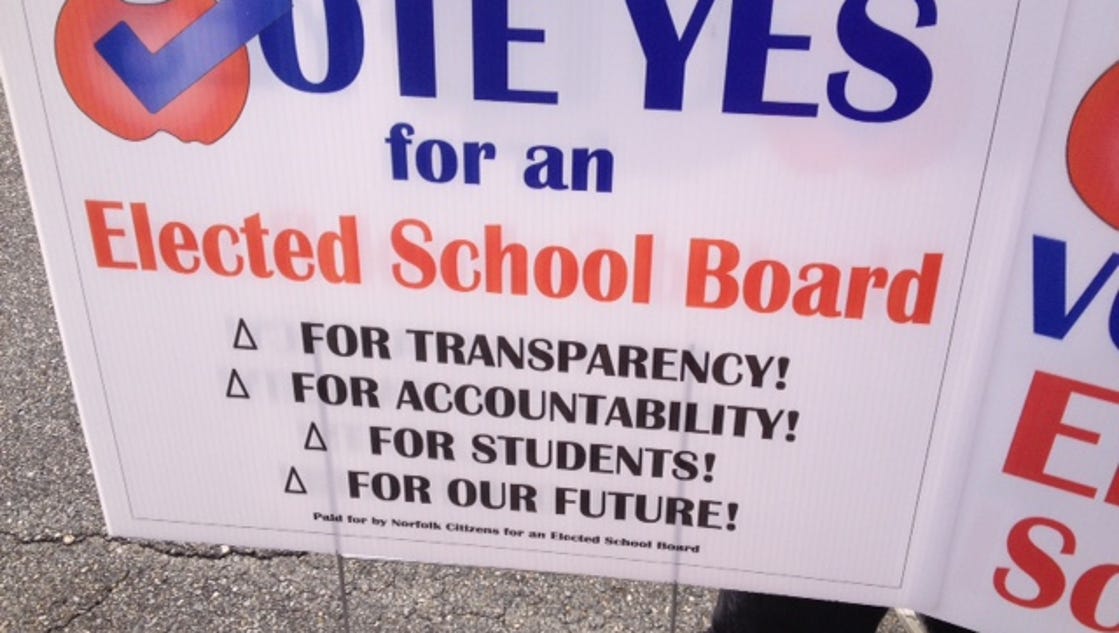Latinos criticize lack of representation on school board

A number of prominent Latinos in Chicago are criticizing Mayor Rahm Emanuel’s decision to make an already disproportionately white school board even more ethnically lopsided by removing one of his only two Hispanic appointees.
“We are disappointed that in a school district that is 46 percent Latino -- Latinos being the largest cohort of students now, having exceeded African Americans in the district a number of years ago -- that there was not a Latino named to the school board,” says Sylvia Puente, executive director of the non-partisan Latino Policy Forum. “It feels like it’s a missed opportunity.”
There are now four white board members -- up from three -- while less than 10 percent of children in Chicago Public Schools are white. The remaining two board members are black, compared with nearly 40 percent of students.
In a statement, a spokeswoman for Emanuel said his administration "has always been reflective of the citizens we serve, and he will continue to ensure that Latinos are represented in leadership and Board positions."
The statement goes on to name board member and Interim CEO Jesse Ruiz as well as the mayor's top education advisor, Arnaldo Rivera. Ruiz, an attorney and Mexican-American who formerly chaired the Illinois State Board of Education (ISBE), is currently not a voting school board member in his capacity as interim CEO.
Insiders tell Catalyst that at least one Latino turned down an invitation to sit on the board.
It's unclear whether politics has anything to do with the reduction in Latino representation on the board. The shuffle comes two months after all but one of the city’s Hispanic-majority wards went for Emanuel's opponent, the Mexican-born Jesus "Chuy" Garcia, a Cook County commissioner, in the mayoral elections.
U.S. Rep. Luis Gutierrez -- by far Emanuel's biggest campaign supporter from Chicago's Hispanic community -- says he sees no problem with the ethnic makeup of the board, given the influence of Ruiz and Rivera on the daily workings of the district.
"I'd rather have somebody be in charge of the School Board every day than to try to reach some symbolic positioning of Latinos," says Gutierrez, an Illinois Democrat.
But Miguel del Valle, a former state senator who ran against Emanuel in 2011 and backed Garcia in this year's race, says the ethnic disparity on the school board just doesn't make sense.
“If you can’t find one person in the City of Chicago, given all the Latinos we have out there in different arenas, with the skills and talents and the background to be able to serve responsibly and meet the fiduciary obligations, I have to say that they didn’t try hard enough," he says.
Census data from the 2013 American Community Survey show that Latinos make up just under 30 percent of city residents.
Del Valle, who formerly chaired the Illinois P-20 Council, says he understands that it might be challenging to find someone willing to join the board “under the current circumstances.” CPS faces a $1.1 billion budget deficit next fiscal year and is in the middle of contract negotiations with a teachers union that went on strike last time around.
“Let’s face it: it’s a tough situation to walk into. But you look and you look and you look,” he says.
Reflecting ‘needs and aspirations’
Earlier this week Emanuel announced he was replacing four board members whose terms expire at the end of the month, including Carlos Azcoitia, a former educator and Cuban immigrant. He'd beennamed to the board in 2012 to fill a vacancy left when another Latino board member, Rodrigo Latinos criticize lack of representation on school board | Catalyst Chicago:















